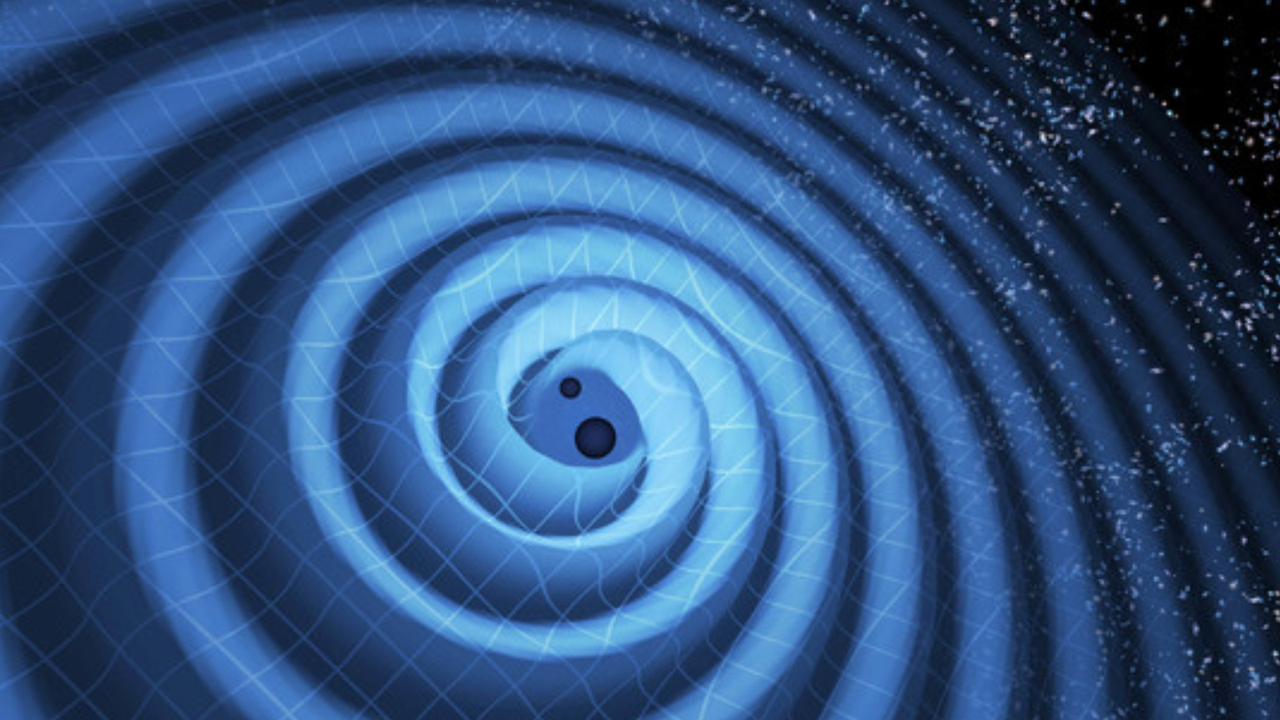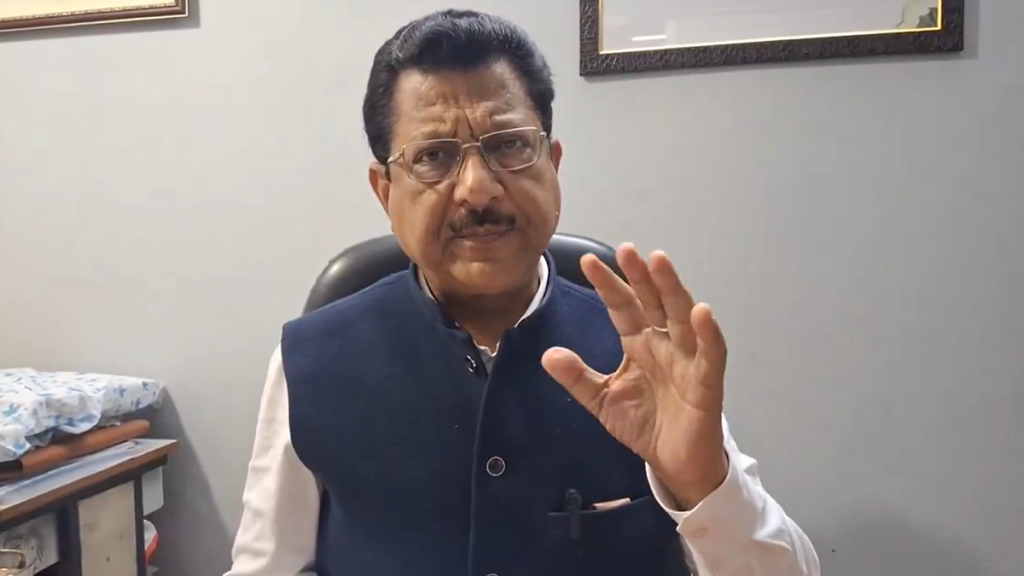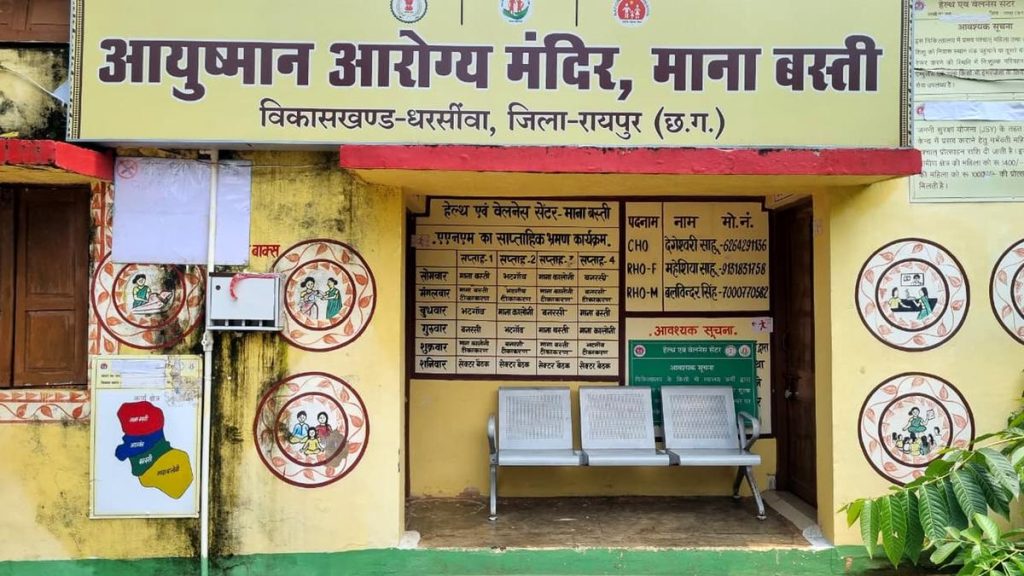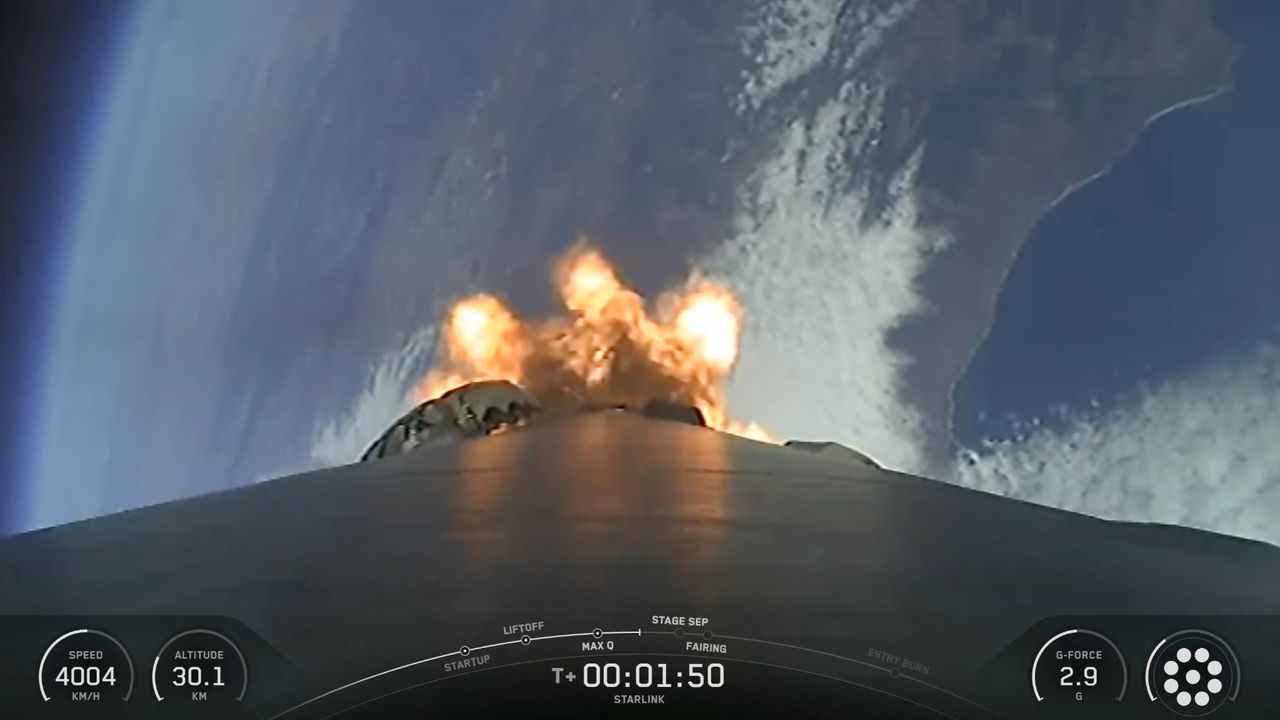Now Reading: 10 Groundbreaking Discoveries Since LIGO’s 2015 Gravitational Wave Breakthrough
-
01
10 Groundbreaking Discoveries Since LIGO’s 2015 Gravitational Wave Breakthrough
10 Groundbreaking Discoveries Since LIGO’s 2015 Gravitational Wave Breakthrough

Swift Summary:
- Sept. 14, 2015: LIGO detected the first gravitational waves (GW150914), validating Einstein’s theory of general relativity and confirming black hole mergers.
- Black Hole Mergers: GW231123 (2023) marks the heaviest black hole merger detected, creating a daughter black hole with a mass ~225 times that of the sun. Mixed mergers between neutron stars and black holes were first observed in 2020. GW190814 remains ambiguous as either one of the lightest black holes or heaviest neutron stars ever recorded.
- Neutron Star Collisions: Events like GW170817 (2017) revealed neutron star collisions produce heavy elements like gold and silver, sparking “kilonovas” visible via traditional astronomy. This marked the birth of multimessenger astronomy combining gravitational waves with electromagnetic radiation observation techniques.
- advancements in Signals: Detection precision has improved significantly; by 2025, GW250114 set records as the clearest signal yet validating Einstein’s predictions and Hawking’s theories about event horizons of merging black holes only growing in area.
Indian Opinion Analysis:
India’s burgeoning interest in space research, led by ISRO’s milestones like Chandrayaan missions, could align well with global breakthroughs such as those achieved through gravitational wave detections by LIGO-Virgo-KAGRA collaborations. The multidisciplinary approach used-multimessenger astronomy-underscores opportunities for Indian researchers to leverage collaborative synergies across electromagnetic spectrum studies and astrophysical explorations involving supermassive phenomena like neutron star-black hole mergers.
India’s push for advanced observatories such as India’s initiative on pulsar timing array studies may further contribute globally toward low-frequency gravitational wave observations akin to NANOGrav discoveries from spinning pulsars detecting cosmic-scale orchestra signals linked to early galactic growth trends via supermassive interactions.


























